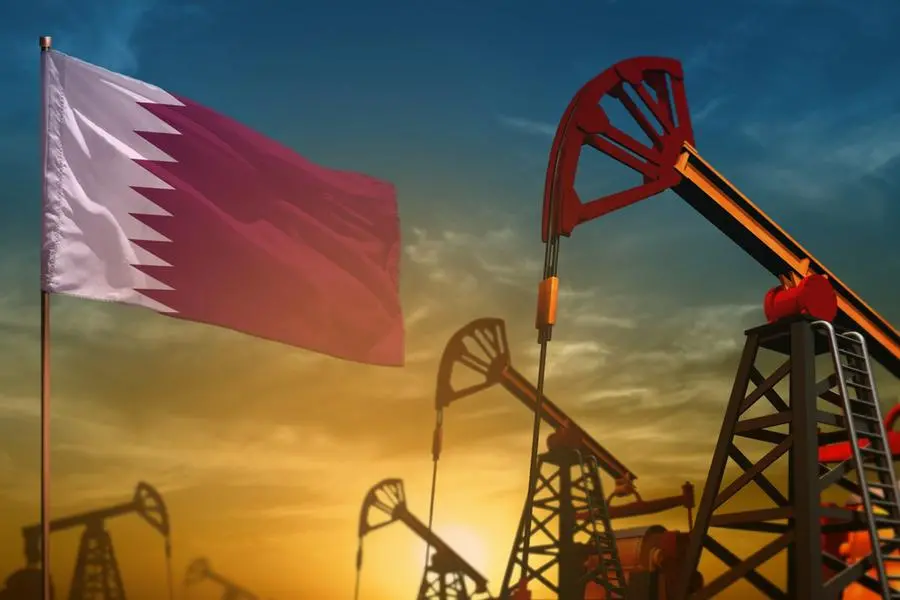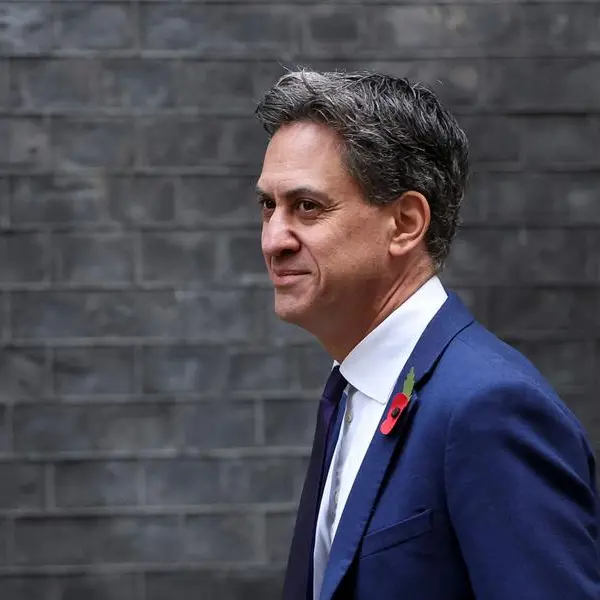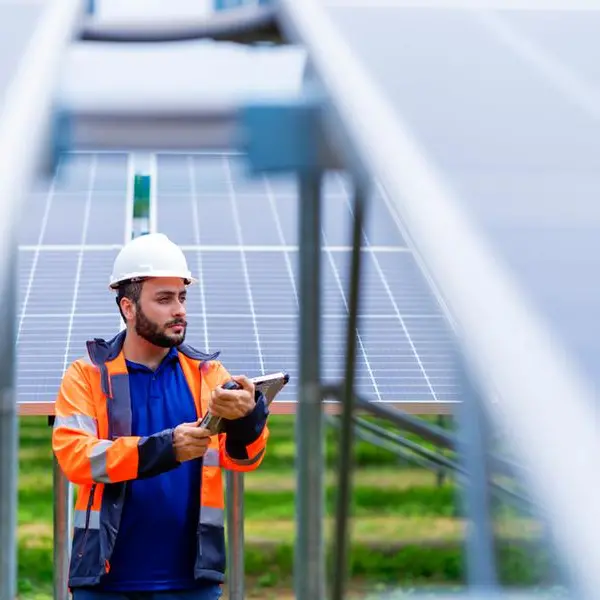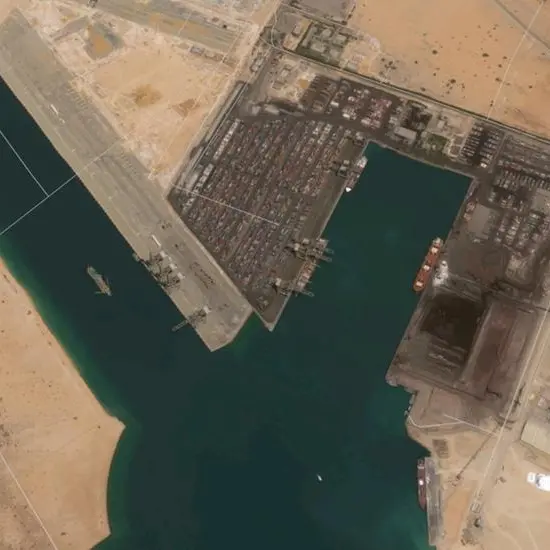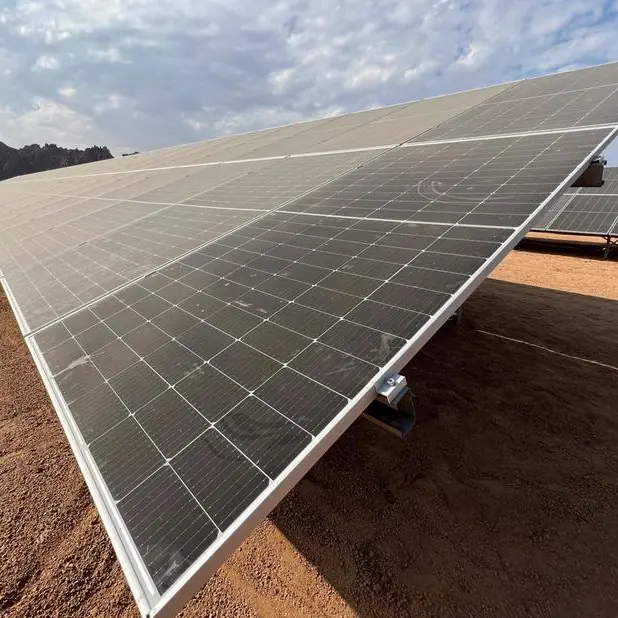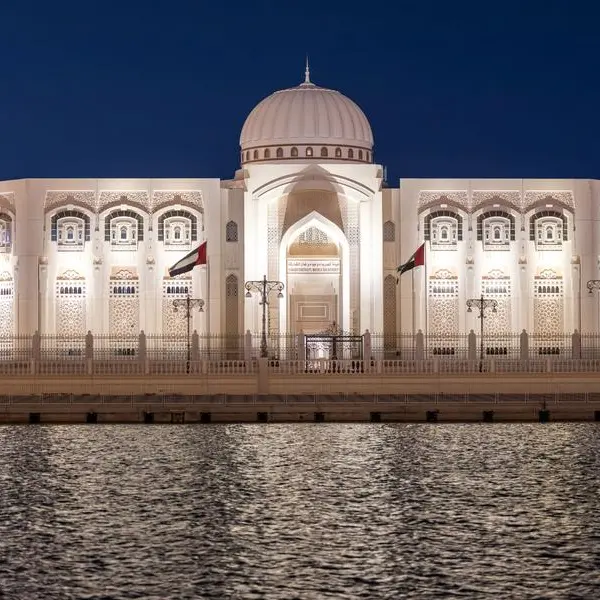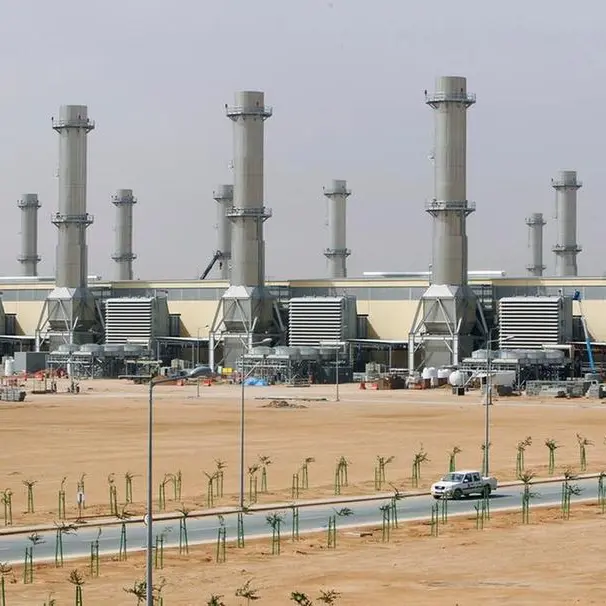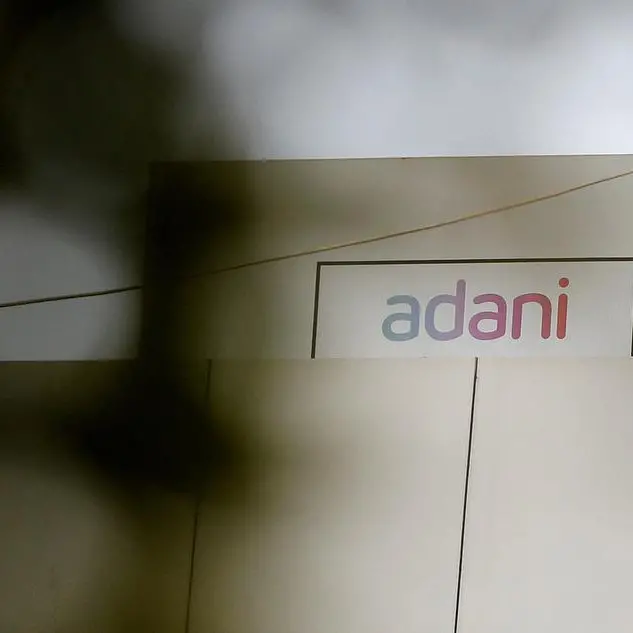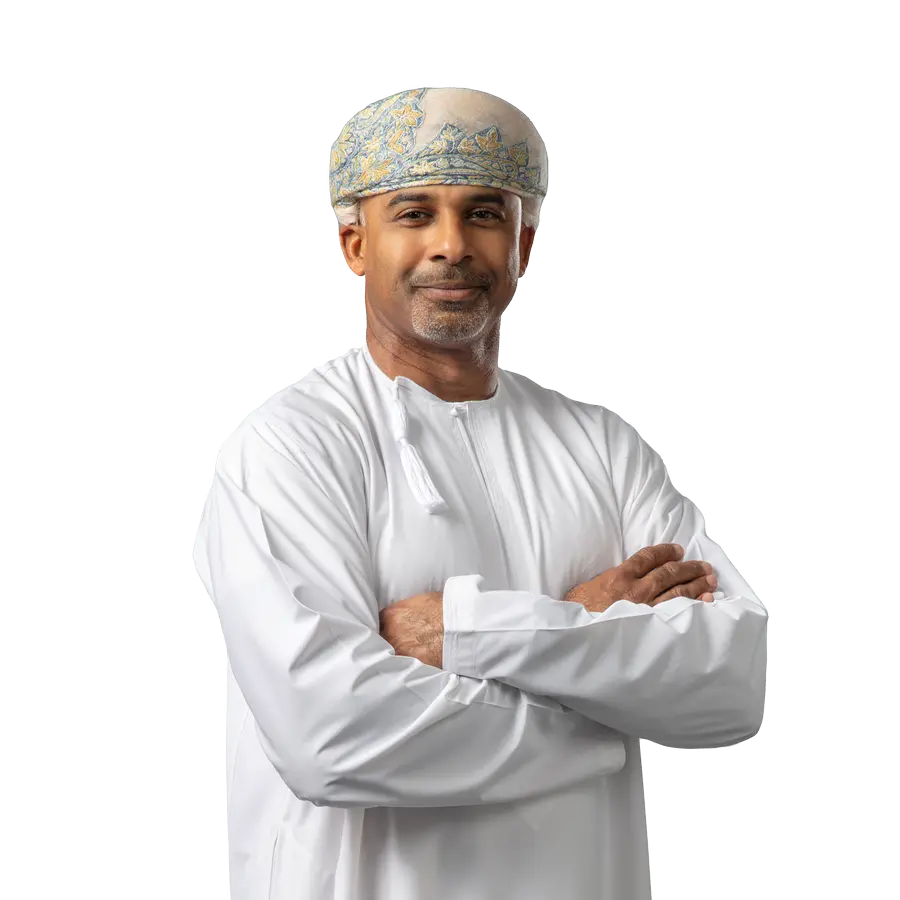PHOTO
The strategy will further reduce the carbon intensity of Qatar’s LNG facilities by 35 percent, and of its upstream facilities by at least 25 percent (compared to previous targets of 25 percent and 15 percent, respectively) bolstering Qatar’s commitment to responsibly supply cleaner LNG at scale in support of the energy transition.
Furthermore, QatarEnergy will continue pursuing efforts to advance the midterm targets of increasing solar capacity to over 5 GW and eliminating routine flaring and limiting fugitive methane emissions along the gas value chain.
Qatar’s interest in the green economy is also evident through its efforts to establish a culture of sustainability and environmental preservation by working to increase the recycling process, reduce the use of natural resources and carbon emissions, and preserve biodiversity, which contribute to reducing negative impacts on the climate, achieving a balance between human needs and preserving environment for future generations.
The Ministry of Municipality has reached advanced stages in the process of recycling, waste treatment and utilization as it manages the solid waste treatment plant and its transfer stations and sanitary landfills for waste and recycling in accordance with international specifications and standards, in addition to developing the necessary plans and strategies for handling solid waste to ensure public health and safety.
In the context of the successes achieved by the State of Qatar with regard to recycling, Qatar managed to recycle all waste generated during the FIFA World Cup Qatar 2022 by achieving a 100 percent recycling rate, marking the first time this rate was achieved in the history of previous World Cup events.
According to data from the National Planning Council, the total number of new projects subject to environmental impact assessment increased from 2,428 projects in 2021 to 2,676 projects in 2022, reflecting a growing environmental focus alongside developmental progress.
These projects subjected to assessment in the past year included 572 large projects, 1,433 small and medium-sized projects, and 671 industrial projects.
Statistics also indicate that 99.8% of treated wastewater in 2022 met environmental standards. Treated wastewater was utilized for agricultural irrigation, with a total of 76.13 million cubic meters used annually.
Additionally, 113.34 million cubic meters of treated wastewater were used for landscaping irrigation, while around 50.60 million cubic meters were injected into underground reservoirs annually.
The environment is a vital issue for the state’s economic growth direction and perspective. Qatar’s National Vision 2030 focuses on achieving true sustainability in the areas of environment, economy, and society. Within this context, the pillars of sustainability are part of the Expo 2023 Doha’s theme, encompassing the following: Economic Pillar: Investing in innovative agricultural technologies, Social Pillar: Strengthening the connection between humans and nature to increase awareness, and Environmental Pillar: Transforming dry and barren lands into agricultural and forested areas.
Model projects and sustainable cities, such as Lusail City, Msheireb Downtown Doha, and Pearl Island, highlight the efforts of the State of Qatar in this field as a model for sustainable cities. Qatar has pumped huge investments into these cities and regions to provide green infrastructure and smart technologies to control energy consumption.
In this context, Lusail seamlessly integrates smart technologies with energy-efficient buildings to intelligent transportation solutions, while Msheireb Downtown Doha weaves smart infrastructure into its fabric to establish a connected and environmentally conscious urban centre.
© Copyright Qatar Tribune. All Rights Reserved. Provided by SyndiGate Media Inc. (Syndigate.info).
